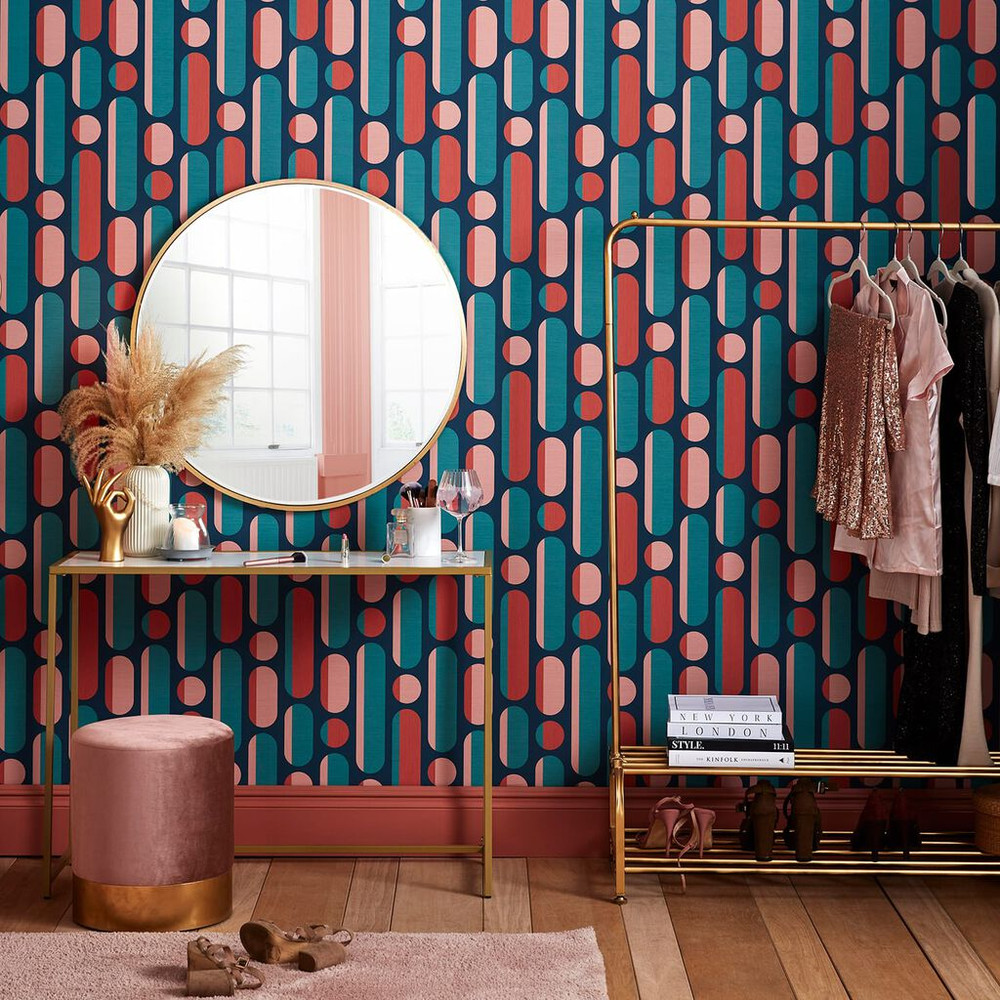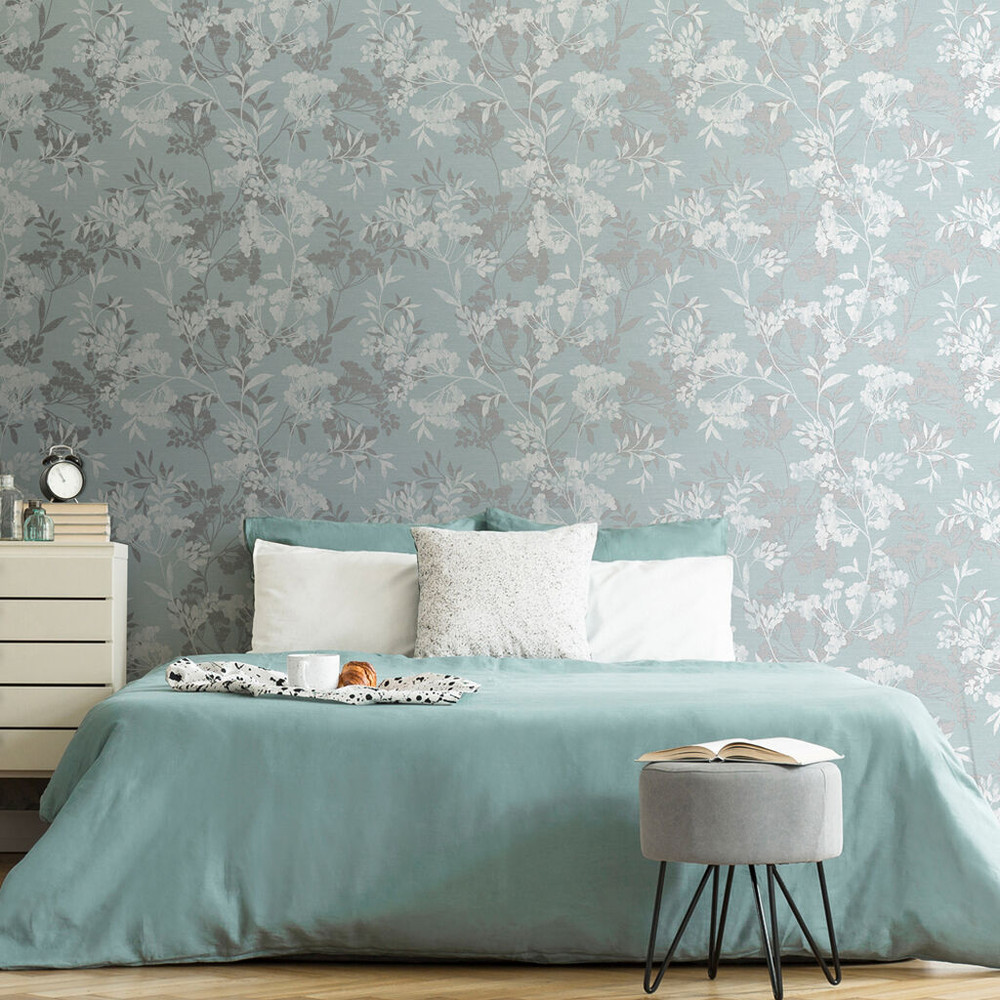Paste the Paper vs Paste the Wall: Which is Better?
If you want to breathe life into your home, wallpaper is a design investment. But did you know there's more than one way to apply it?

If you want to breathe life into your home, wallpaper is a design investment. But did you know there's more than one way to apply it? Before you plan on completing the task yourself, it's important to look at how the paper will stick to your wall so you can work out which application is right for you. Here's everything you need to know about paste the paper or paste the wall wallpaper methods to help you decide…
Paste the Wall Wallpaper
Paste the wall wallpaper uses a special backing paper that doesn't expand when wet. Due to having this backing paper, this type of wallpaper means you can hang it dry from the roll and brush paste directly onto the wall. The benefit? You now won't need to factor in the time needed to soak the wallpaper prior to hanging, and there's no pasting table needed!
To hang paste the wall wallpaper, start by cleaning the wall. Removing any residual paste and washing the entire wall using hot soapy water will ensure the wall is even for a new layer of wallpaper. You'll then need to decide on the order of hanging. It's best to start patterns at a window and work away in both directions towards the room's corners.
To make sure your paste the wall wallpaper remains straight, draw a vertical line with a pencil down the wall using a plumb line. Next, apply an even layer of wallpaper paste to the wall with a roller or a brush. Once you’ve cut your wallpaper to the right length, simply hang it on the wall over the pre-pasted section. Smooth and trim to finish.
Paste the Paper Wallpaper
To hang paste the paper wallpaper, you'll need to use the traditional method of applying the paste directly onto the paper using a pasting table. If you've chosen a wallpaper design that's woven or made from a heavy vinyl, pasting the paper is ideal as it lets the adhesive soak in, making it easier to move for matching. However, investing in a pasting table and finding space to put it up in the room you are decorating can be more of a hassle than hanging paste the wallpaper.
Once you’ve prepared the wall, cut the first strip to the height of your wall and add an extra 10 cm to the measurement to allow for a neat trimming. Next, place your paste onto a clean pasting table and apply paste using a brush. Focus on the centre of the strip and then use outward brushstrokes to paste along the edges. Fold in a concertina, and leave to soak to allow the paper to absorb the adhesive. Slide into place on the wall, before smoothing the paste the paper wallpaper with a wallpaper brush to help remove blisters and bubbles.

Paste the Wall vs Paste the Paper: Which is Better?
There is generally little difference in the cost of paste the wall and paste the paper wallpaper types. Yet when it comes to ease of installation, paste the wall wallpaper is less time-consuming as there is no need to use a pasting table, and you won't need to let the paste soak into the paper before it is hung. However, it's important to only hang one strip at a time, or the paste can dry out, and you run the risk of the paper not sticking to the wall correctly.
As these types of papers don't expand when the paste is applied, they can be much stronger and more durable than other alternatives. Another benefit is that paste the wall wallpapers are washable and strippable if you want to redecorate in the future.
Which type is best for you?
If you're looking for as little hassle as possible, paste the wall wallpaper is the best option. Ideal for first-time DIYers, this option is easier than the traditional paste-the-paper method. If your work area needs more space, the fact that you won't need a pasting table is a bonus.